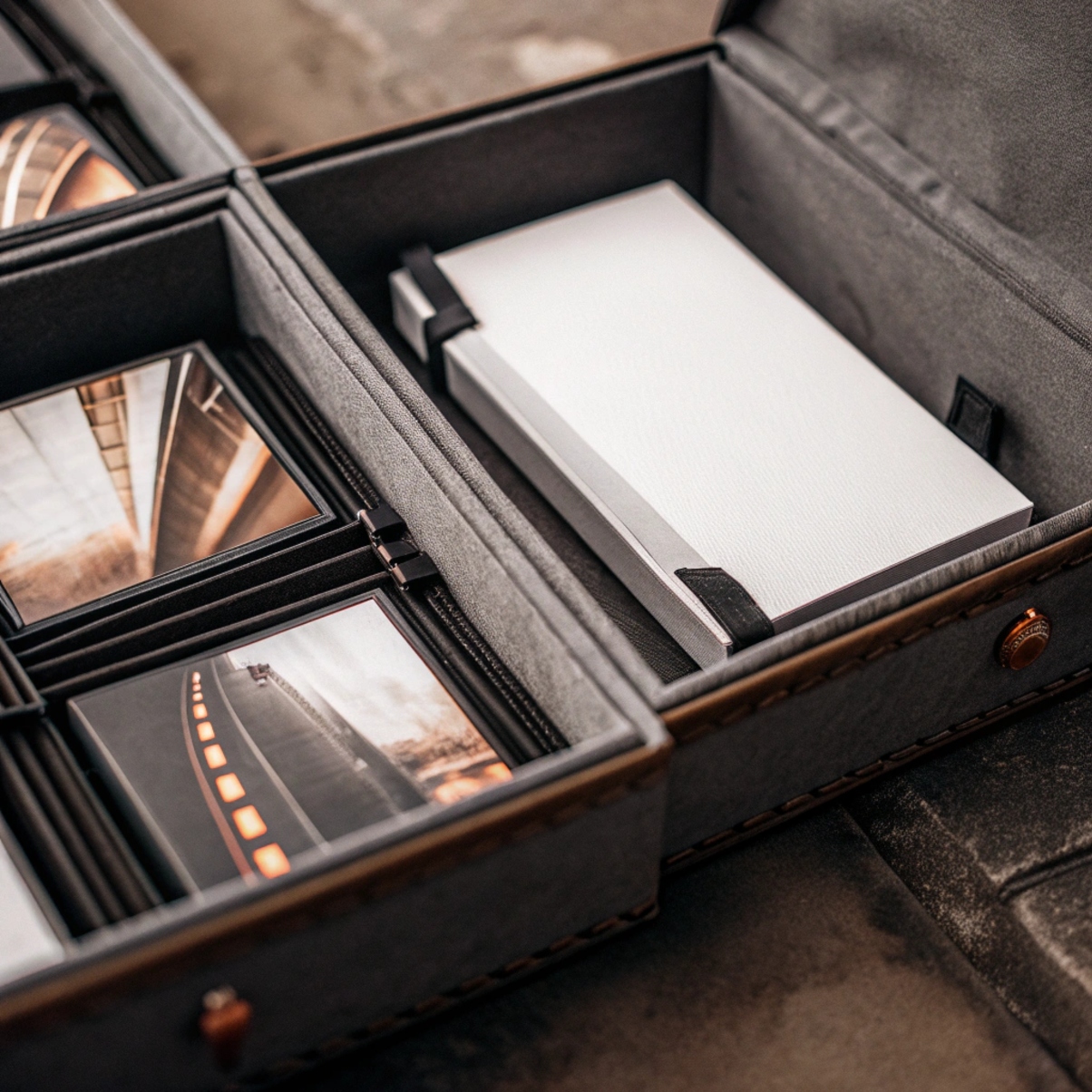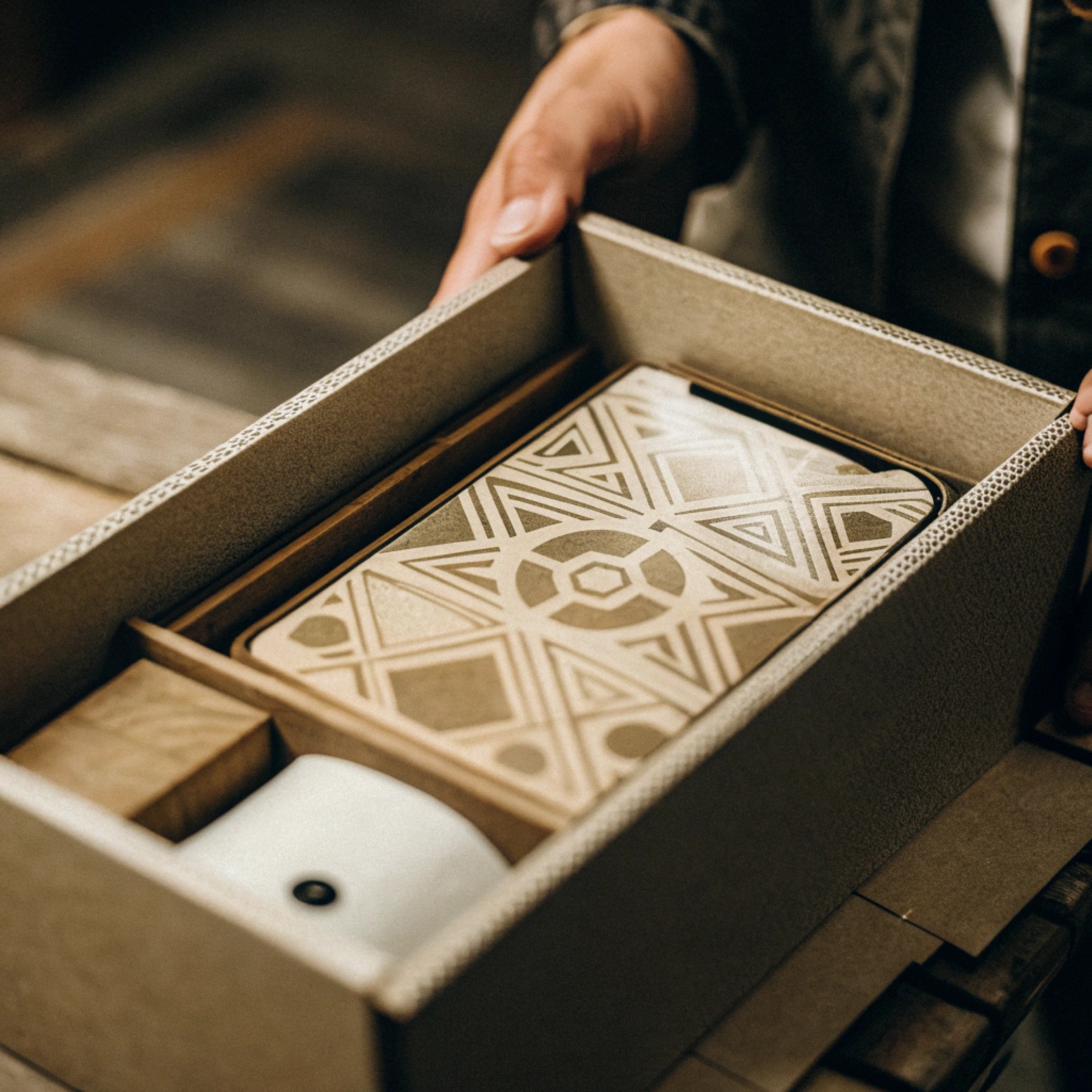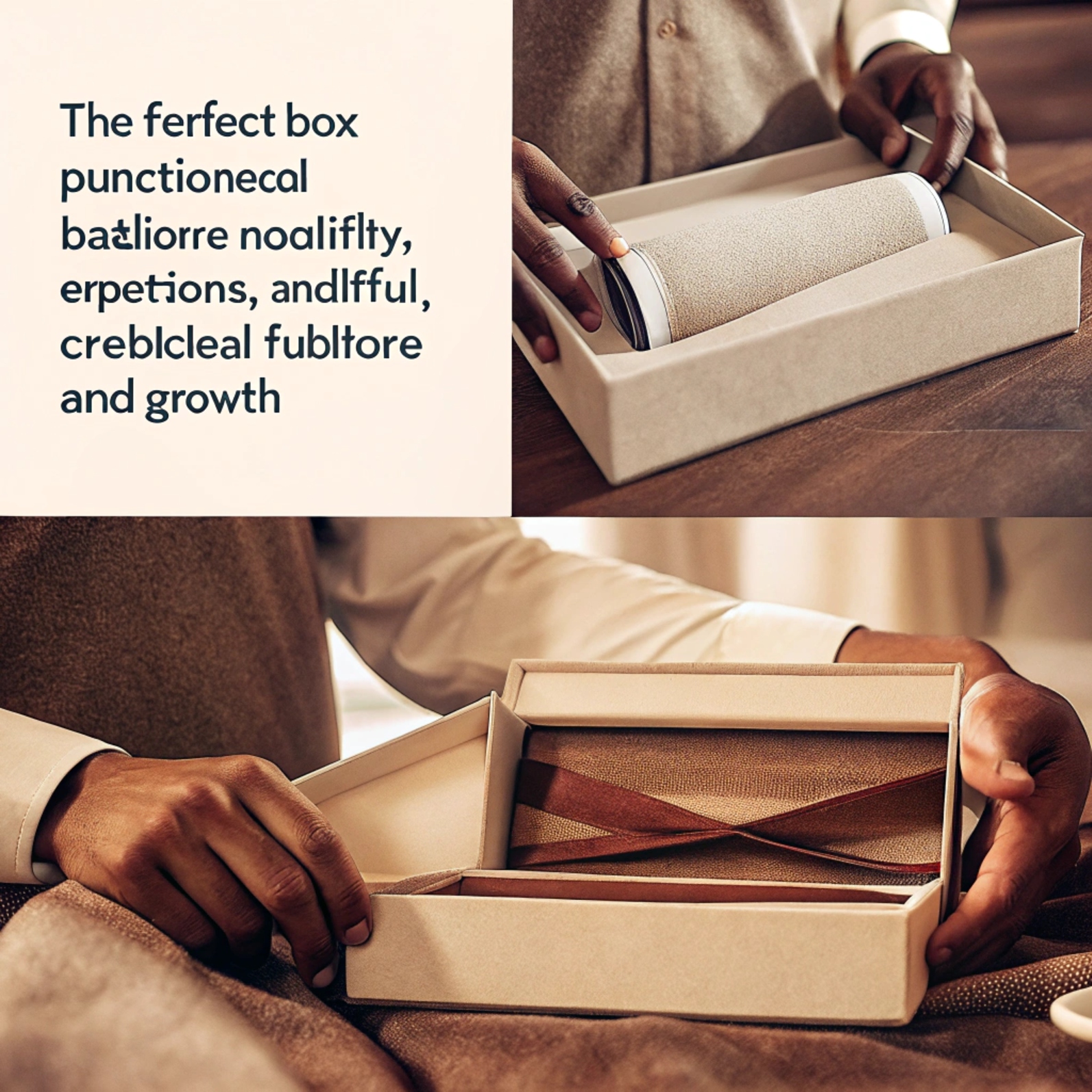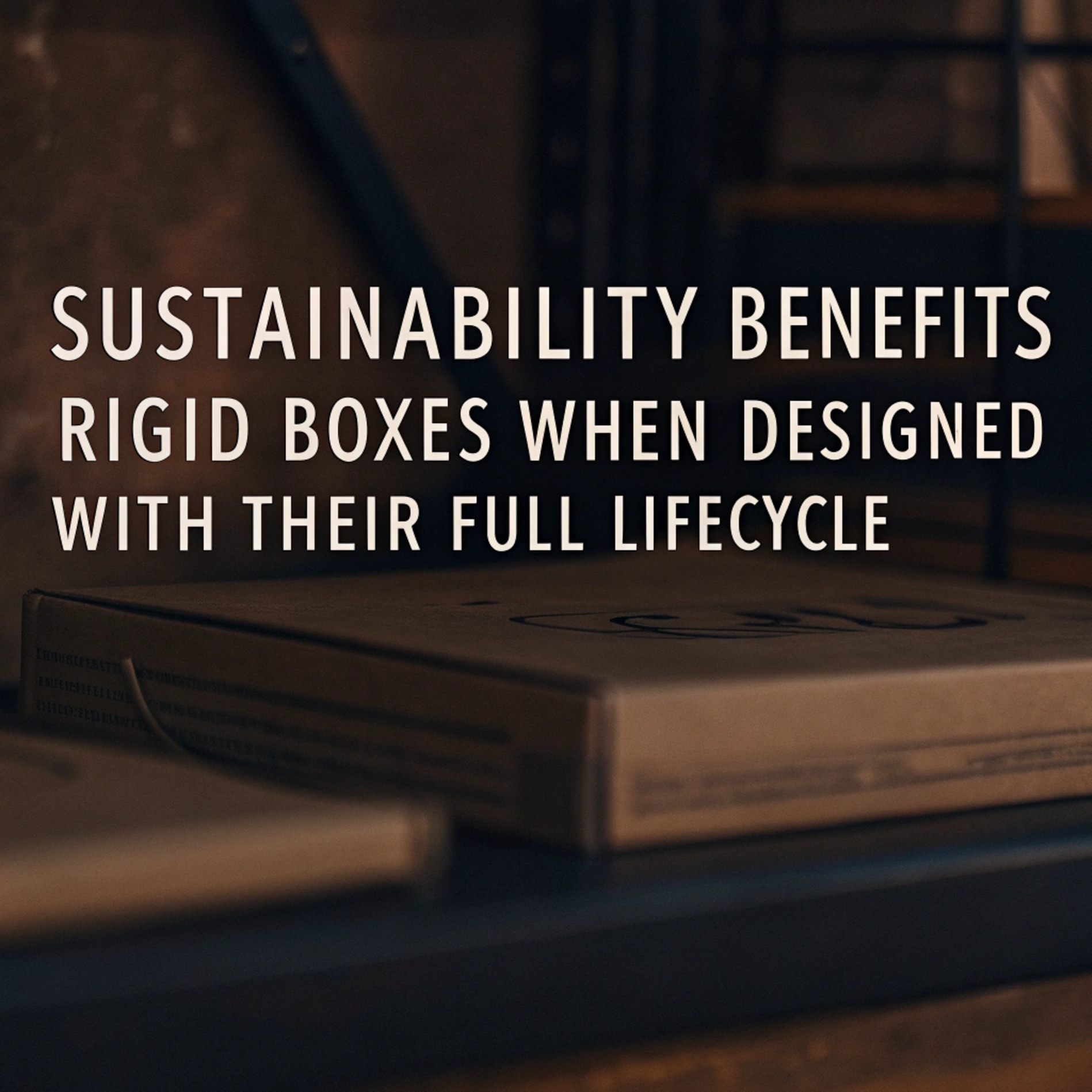
Where can you design your own rigid boxes in bulk?
September 16, 2025 • by Winners Packing
You need unique packaging, but bulk orders feel restrictive and expensive. It seems impossible to get custom designs at scale without compromising your budget or brand vision.
To design your own rigid boxes in bulk, partner with a modern manufacturer that uses a modular design system1, a parametric online platform, and digital printing2. This approach combines the cost-effectiveness of mass production with the flexibility of custom design, even for smaller quantities.

I’ve seen so many brands struggle with this exact problem. They have a fantastic product but feel stuck with generic packaging because custom M.O.Q.s (Minimum Order Quantities) are too high. They believe they have to choose between scale, personality, and cost. I remember one client who almost gave up on a beautiful seasonal launch because she couldn’t find a supplier to produce just a few thousand unique boxes. It’s a frustrating spot to be in. But today, the technology and methods have changed. It is possible to get all three: scale, personality, and a fair price. You just need to know where to look and what to ask for.
What are the current trends in gift box design?
Your packaging looks outdated and fails to capture your customer’s attention. Competitors are launching exciting, modern designs, and you feel left behind in a fast-moving market.
Current gift box design trends3 focus on creating an experience. This includes integrating technology like AR triggers4, reinterpreting cultural elements with a modern twist, using minimalist “negative design” with embossing instead of ink, and adding functional value so the box becomes part of the product’s ecosystem.

This year at Milan Design Week, it was clear that packaging is no longer just a container. It’s a conversation starter. I saw some amazing ideas that are changing how we think about boxes. It’s not just about looking good on a shelf anymore. It’s about creating a memorable moment for the customer, something that extends beyond the initial unboxing. These trends are about making the packaging as much a part of the brand story as the product inside.
Key Design Directions
Here are the four key trends I see shaping the future of gift and product boxes:
- New Cultural Interpretations: We are moving beyond simple, traditional patterns. For a tea brand, we designed a “Mountain and Water” gift box. When opened, the inner lining unfolds into a three-dimensional paper landscape, inspired by classic Song dynasty minimalism. It’s about embedding culture into the structure itself, not just printing it on the surface.
- Tech-Integrated Experience: The box is becoming a functional part of the product. We designed a package for a smartwatch that had a wireless charging module built into its base. The packaging wasn’t thrown away; it became the product’s charging dock. It adds real value and keeps the brand in the customer’s daily life.
- The Metaverse Bridge: Brands are using packaging to connect the physical and digital worlds. A streetwear client asked us to print an AR trigger code on their boxes. When customers scanned it with their phones, they unlocked an exclusive virtual accessory for their online avatars. These boxes became so popular they were resold for almost 30% of the product’s price.
- “Negative” Design: This is the “less is more” philosophy. Instead of using a lot of ink, this trend focuses on using mold-pressed embossing and debossing to create texture and design. It reduces the use of chemicals and creates an incredibly elegant, tactile experience. A design we did using this principle even won a Red Dot award for its beautiful simplicity.
How do you design the perfect box for your product?
You have a great product, but the packaging just doesn’t feel right. It either fails to protect the item properly or doesn’t communicate the quality and emotion of your brand.
To design the perfect box, you must treat it like a partnership with the product. The design must fulfill its functional duties, create an emotional connection with the customer, and be prepared for your brand’s future growth. It’s a balance of practicality, feeling, and foresight.

I often compare product packaging design to marriage counseling. The product and the package have to be perfectly matched to have a successful life together on the shelf and in the customer’s home. If they aren’t compatible, it shows. I once had a client with a beautiful, fragile glass product in a flimsy box. The damage rates were high, and customers felt the brand was cheap. We had to sit down and define the relationship between the product and its box from the ground up, thinking about its needs and its story.
The Three Rules of Product-Package Matching
To ensure a perfect match, I always follow these three principles. They help us create packaging that feels like it was born to be with the product.
| Matching Principle | Core Idea | My Experience |
|---|---|---|
| Functional Contract | The box has a job to do: protect, display, and be easy to use. | For a company with fragile electronics, we developed a “suspension insert” that held the product in the center of the box, away from the walls. This simple structural change cut their damage rate to almost zero. |
| Emotional Resonance | The box must tell the product’s story and evoke the right feeling. | I worked with a divorce lawyer who wanted a unique business card box. We designed one with a soft-close magnetic snap that required a gentle, patient touch to open—a subtle metaphor for what her clients needed. |
| Growth Expectation | The packaging should be able to evolve as your brand grows. | For a startup, we created an “evolvable” system. They started with our standard box but used a custom-printed ribbon. As their sales grew, they upgraded to a fully custom-printed box without changing the core structure. |
Are rigid boxes really sustainable?
You want to be eco-friendly, but you hear that rigid boxes are wasteful and bad for the environment. You’re tempted to switch to a seemingly “greener” option like thin cardstock, even if it feels less premium.
Yes, rigid boxes can be highly sustainable when designed with their full lifecycle in mind. Their durability leads to high reuse rates, and modern, eco-friendly materials and designs can actually result in a lower overall carbon footprint compared to single-use, easily damaged alternatives.

It breaks my heart when a client says, “We want to be eco-friendly, so we can’t use rigid boxes.” This is one of the biggest misunderstandings in the packaging world. The truth is, the most sustainable package is the one that gets reused, not just recycled. A flimsy box that gets thrown away after one use is not green, especially if it fails to protect the product inside, causing waste from damaged goods. We’ve focused heavily on proving that premium and sustainable can go hand-in-hand.
The Truth About Rigid Box Sustainability
The data and innovations show a different story. When you look at the entire picture, rigid boxes are a surprisingly responsible choice.
- Longevity and Reuse: A full lifecycle assessment we commissioned showed that our rigid boxes are kept by consumers for an average of 23 months, compared to just 2 weeks for a standard folding cardstock box. Our studies show a 38% reuse rate, with customers using them for home storage or for re-gifting. This extended life drastically reduces the box’s environmental impact per use.
- Circular Design Breakthroughs: Sustainability is built into our design process. We developed a “one-tear-to-separate” structure that allows consumers to easily separate the paper wrap from the greyboard in just three seconds. This simple change increases the efficiency of recycling by 600%. We are also now using mycelium (a material grown from mushroom roots) to create inner trays that are 100% biodegradable and can even be composted to enrich garden soil.
- The Real Carbon Footprint: A brand we work with switched from a standard folding carton to our rigid box made with a water-based coating. Their per-box carbon footprint actually dropped by 17%. Why? Because their product damage rate during shipping fell from 13% to less than 2%. Making and shipping one protected product is far better for the planet than making and shipping two because the first one broke.
Conclusion
True bulk customization is not about producing ten thousand identical boxes. It’s about creating ten thousand containers that can each hold a unique story for your brand and your customer.
Footnotes
- Understand how modular design systems can improve efficiency and customization. ↩
- Find out how digital printing can enhance flexibility and reduce costs in packaging. ↩
- Stay updated on innovative trends that can elevate your packaging strategy. ↩
- Explore the integration of AR technology in packaging to create interactive experiences. ↩
